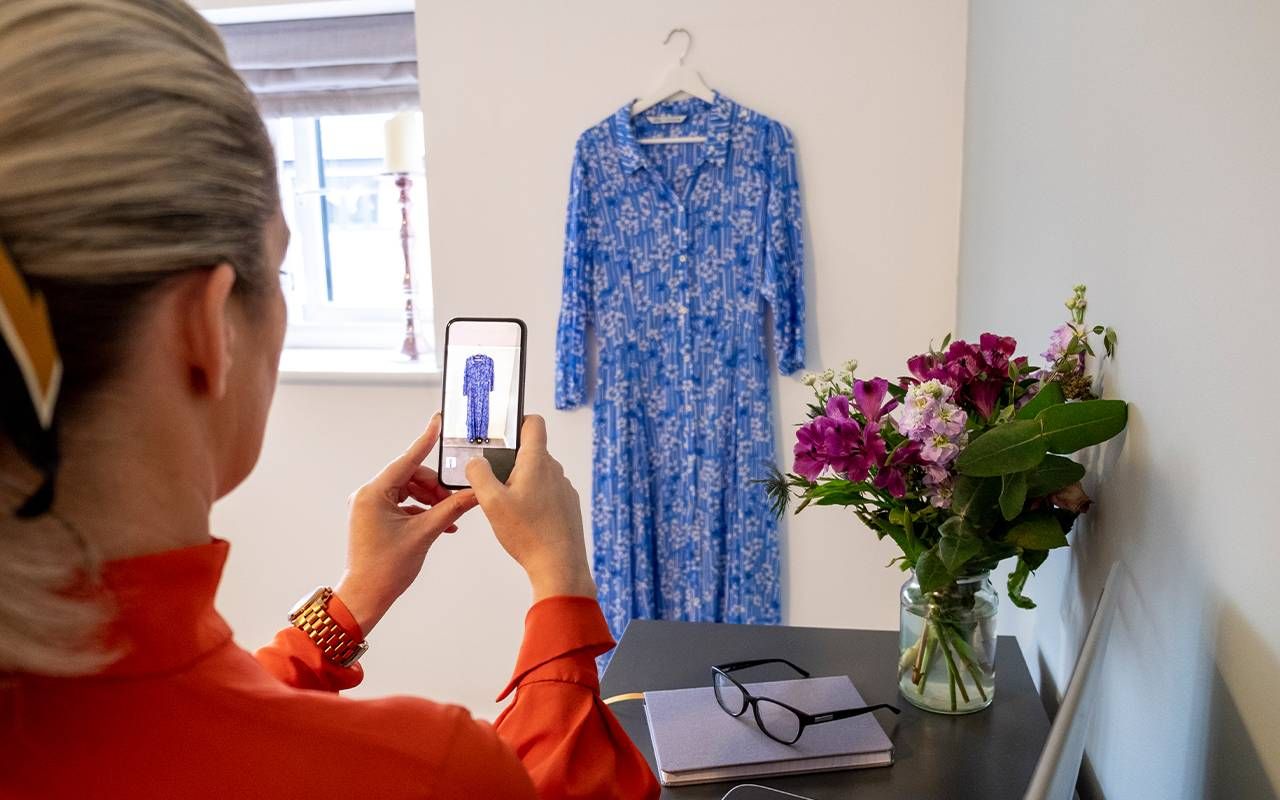How to Sell Your Stuff and How to Be OK With It
Technology makes selling unused stuff easier than ever, but it can’t help you get over their sentimental value. Luckily, we’ve got expert advice on how to do both.
Whether you're downsizing, decluttering, or dealing with the estate of a loved one, chances are you've got some stuff you could stand to get rid of. And while you'll probably choose to donate or give away some items, other possessions can be sold, sometimes for quite a bit of cash.

In this article we'll cover how to sell items online, including tips on creating listings that will net top dollar, as well as how to avoid payment scams and stay safe when handing the items over in person. And if there are some items you haven't been able to part with for sentimental reasons, we've solicited expert advice on how to work through that, too.
Where and How to List Your Stuff
The key to getting the most for your items is a great listing. Before you start composing one, decide where to list your items. There are many online options; some of the best-known and heavily trafficked sites are eBay, Craigslist and Facebook Marketplace.
Both eBay and Facebook require you to establish an account before you can list your items, but Craigslist does not. If you already have a Facebook profile, Marketplace can be a quick and easy way to sell your items.
"Be very honest about any flaws. People appreciate the honesty."
If you've got high-value collectibles, antiques or other rare items, eBay is a good option, because your listing is more likely to appear in search engines like Google. Craigslist and Facebook Marketplace are good for selling household items, sporting goods and other commonly used items that people are looking to specifically buy second-hand.
Once you decide where to list an item, read the selling guidelines and recommendations provided by each site. This can not only help you create a good listing but can also protect you from scams and keep you safe. (More on that in a minute.)
Debbie Center, a 61-year-old artist and musician from Nevis, Minnesota, has been selling things on eBay for decades. "Right in the beginning, I set up a separate bank account just called 'eBay'," Center said. "Seeing that account build up is really huge motivation to keep going."
Tips on Eye-Catching Listings
She had several tips on how to make your listing stand out. "My top tip is to take really good photos of the item," she said. People want to see exactly what they're buying, so be sure to capture your item from all angles.
Next, write a detailed description, including the brand and model, precise dimensions, weight, energy usage, etc. "Also, be very honest about any flaws," Center said. "People appreciate the honesty, and that does more for your reputation than trying to conceal something."
Center tells about a vehicle she sold far over the Blue Book value by making fun of everything that was wrong with it in her listing. "People loved the humor," she said, "and it pretty much went viral!"
Finally, Center recommends doing some research to see whether the same or comparable items are listed for sale, and then price your item competitively.
Selling Safely
When selling your items online, it's important to protect yourself, both from phishing scams and, if you'll be handing over the items in person, from physical assault. Again, it's important to read the seller guidelines of whatever site you're using and follow those recommendations.
There are a few other things you can do besides that, though, to protect yourself.
First, when you create your seller account, be sure you're using a strong password. Weak passwords are the quickest way to get your account hacked, which can lead to financial or other problems down the road.
"I met the polite young man at the gas station in Akeley (a nearby town), handed over the stuff and got $60 cash."
When buyers contact you, pay attention to their message. If there are many misspelled words, poor grammar or awkward syntax, it could be from a phishing bot or an out-of-country group.
Check Out Your Buyers
If you're using Facebook Marketplace, you can click on the buyer's profile and see whether they look like a legitimate user or not. A long history of posts and a high number of friends are clues that you're dealing with an actual interested buyer. But a profile whose only posts are updated profile pictures should raise red flags.
Once you find a buyer and negotiate the price, either ship the item to avoid meeting in person (and don't forget to build the shipping cost into your negotiation) or insist on meeting in a public place. The parking lot of your local police department is a great option, but grocery stores, gas stations or anywhere there are likely to be other people around are also fine.
That's what Pat Abraham, an 80-year-old retired schoolteacher from Hackensack, Minnesota, did when she sold her late husband's ice fishing gear this winter. "I met the polite young man at the gas station in Akeley (a nearby town), handed over the stuff and got $60 cash," she said with satisfaction.
Letting Go of Sentimental Items
One of the biggest hurdles to selling your items is working up the courage to list them in the first place. Most of us struggle to let go of items with sentimental value, but Dr. Jessica Beachkofsky, a board-certified psychiatrist with her own practice in Tampa, Florida, has advice on how to overcome that resistance.
"Be thoughtful and ask why you haven't gotten rid of it in the first place."
Beachkofsky said people get attached to items for one of three reasons. "First, we identify with those things. They relate to our personal identity somehow," she said. "Second, they actually stand in for relationships. And then, with sentimental items, they act as a memory device to remind us of people, places or past times in our lives."
Regardless of why you feel attached to a certain item, Beachkofsky said, "be thoughtful and ask why you haven't gotten rid of it in the first place." Once you've addressed that issue, you might find it easy to let go of the object.
If an item triggers a fond memory for you, recognize that the item is not the memory itself, so you can find other ways to store the memory that don't take up physical space.
Save Memories, Not Stuff
Beachkofsky recommends taking photos of the item, journaling or making a video of your memories of the person, place or time it represents to you. She also recommends keeping a bowl of small rocks on which you can write the name of an item you disposed of. That way, you'll have a tangible item you can pick up and look at to spark those fond memories.
Of course, sometimes you might decide not to sell your items at all. Abraham prefers to give her most sentimental items away.
"The idea of giving something to the special people in my life is very important to me," she said. But there are some things she's hanging onto: "My marble collection, my precious stone collection, the sterling silver that I hardly ever use, and my coin collection — I'm keeping those until I'm gone."


